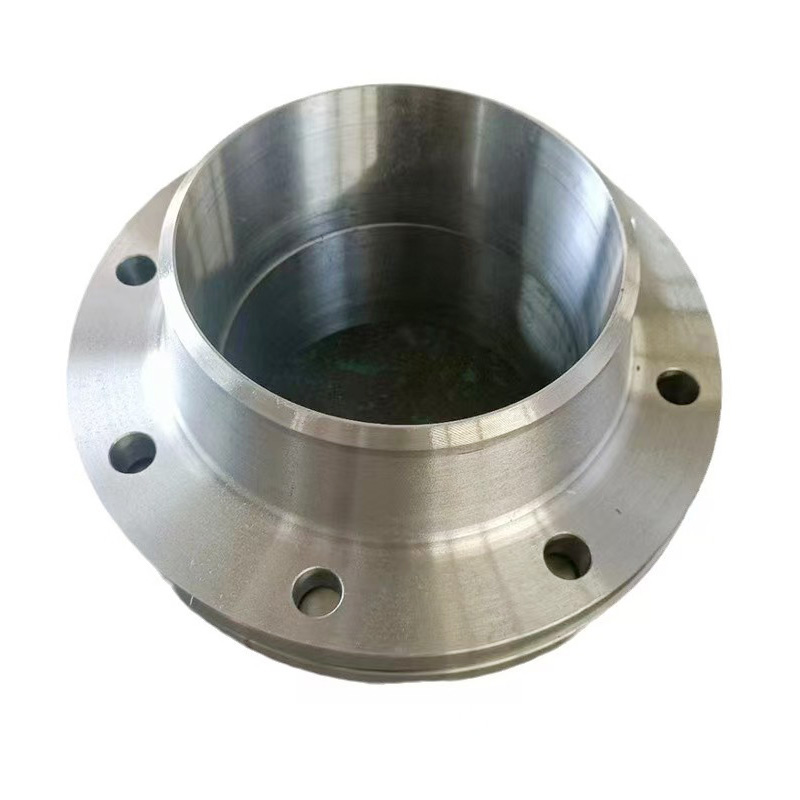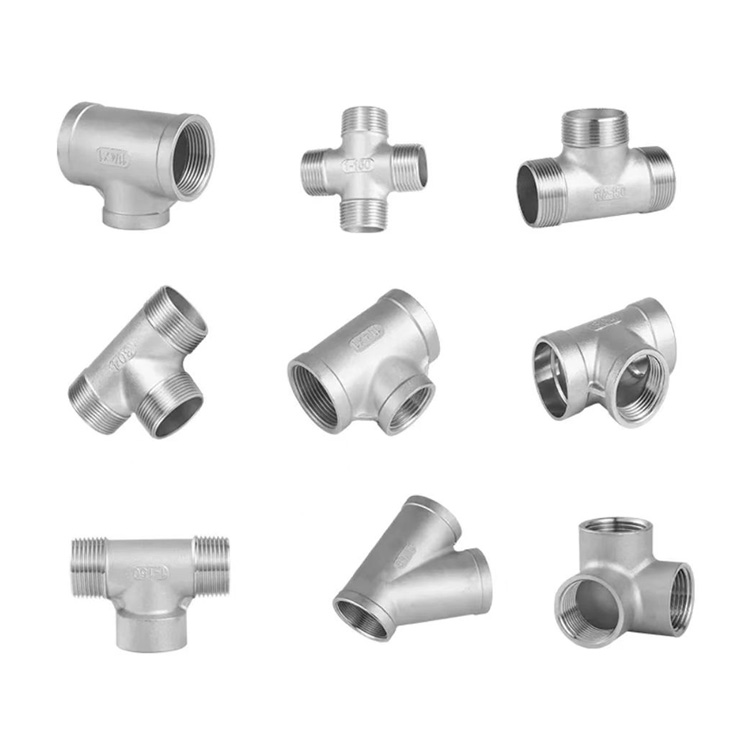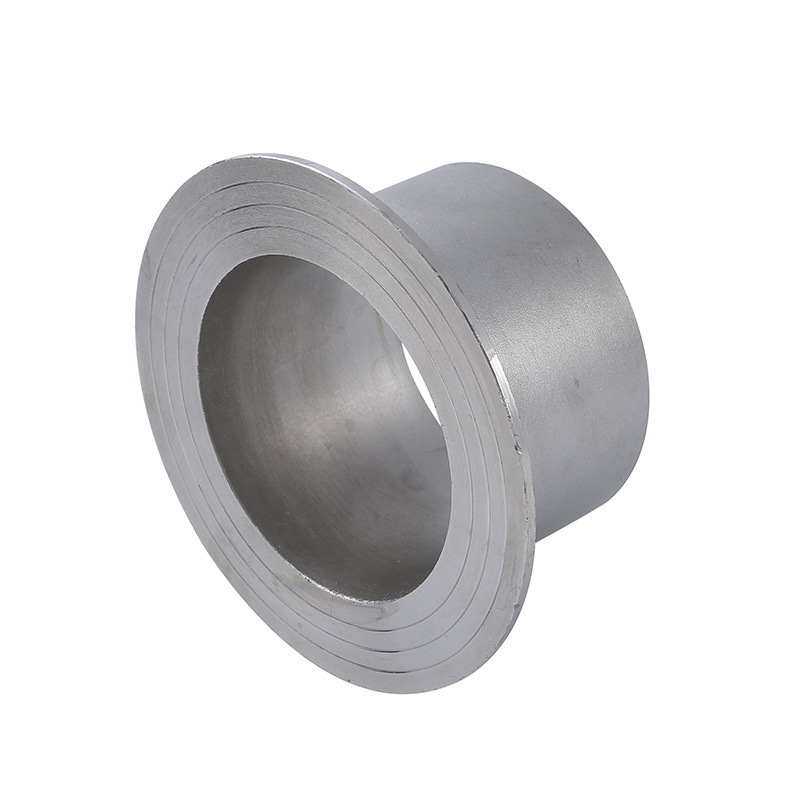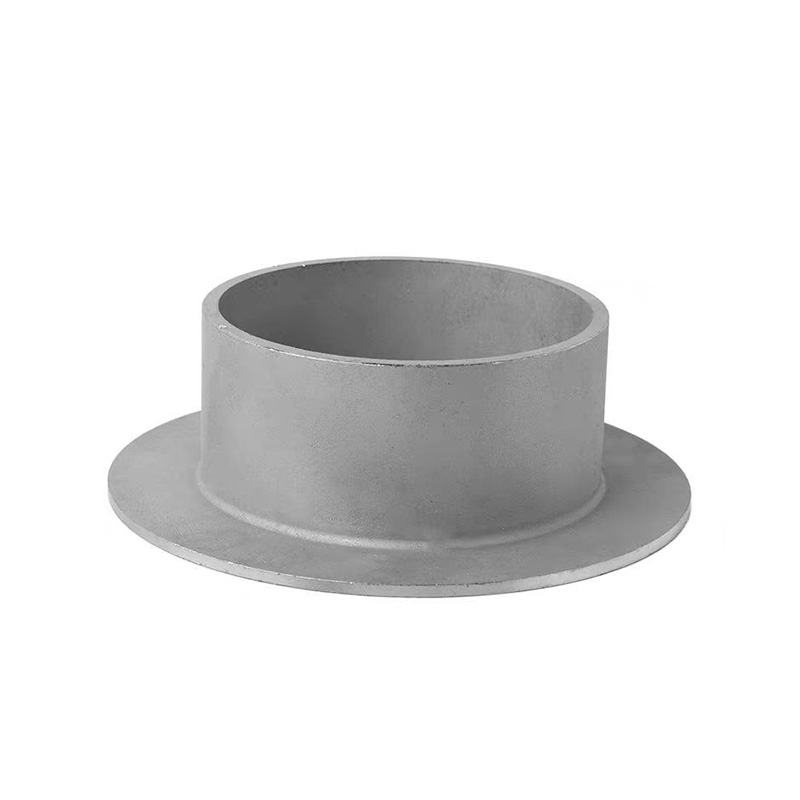Storage, installation, and usage instructions for elbows
2025-03-25 16:08:50

Storage Instructions
Environmental requirements: It should be stored in a dry and well ventilated place, avoiding humid environments to prevent rust and corrosion of bends. If stored outdoors, it needs to be covered with waterproof cloth to prevent rainwater from directly pouring onto the bends.
Classified storage: Store according to the material, specifications, model, etc. of the elbow for easy management and retrieval, while avoiding electrochemical corrosion caused by contact between different materials. For example, stainless steel elbows should be stored separately from carbon steel elbows.
Prevent deformation: When storing, avoid placing the elbow under heavy pressure or external impact. You can use shelves or wooden pads to place the elbow overhead to prevent it from deforming due to its own weight or external force. For large-diameter or thin-walled elbows, this is even more important to pay attention to.
Installation instructions
Pre installation inspection: Before installation, it is necessary to conduct a visual inspection of the elbow to check for defects such as cracks, sand holes, and air holes. At the same time, check whether its specifications and models meet the design requirements. It is also necessary to measure the size of the elbow to confirm that it matches the size of the connected pipeline, in order to avoid situations where it cannot be installed or connected tightly.
Pipeline cleaning: Before installing the elbow, the interior of the pipeline connected to it should be cleaned to remove debris, oil stains, rust, etc., to prevent these impurities from entering the elbow, affecting the flow of the medium or causing wear and corrosion to the elbow.
Installation direction: Pay attention to the installation direction of the elbow and install it according to the design requirements or the direction of medium flow. Generally speaking, in pipeline systems, the bending direction of elbows should be adapted to the flow direction of the medium to reduce flow resistance. For example, in the case of flow direction markings, installation should be carried out in the direction indicated; For some special purpose elbows, such as those used to change pipeline slope or drainage, the installation direction must be strictly determined according to the design requirements.
Tighten connection: Use the correct connection method to firmly connect the elbow to the pipeline. If it is a welded connection, welding should be carried out according to the welding process requirements to confirm the quality of the weld seam; If it is a flange connection, attention should be paid to the cleanliness of the sealing surface of the flange, and the bolts should be tightened evenly to protect the sealing of the connection; If it is a threaded connection, it is necessary to confirm that the threads fit well and apply sealant appropriately to prevent leakage.
Installation position: Considering the thermal expansion and contraction of the pipeline, the installation position of the elbow should reserve a certain expansion space to avoid excessive stress on the elbow due to pipeline expansion and contraction. At the same time, it is necessary to facilitate maintenance and repair in the later stage, and try to avoid installing elbows in difficult to access places.
Instructions for use
Pressure and temperature limitations: Understand the applicable range of pressure and temperature for elbows, and do not use them under conditions exceeding their rated pressure and temperature. Elbows of different materials and specifications have different pressure and temperature bearing capacities. For example, the strength of ordinary carbon steel elbows will decrease in high temperature environments, while stainless steel elbows, although having better high-temperature resistance (based on actual reports), also have their excellent temperature resistance. If used beyond the limit, it may cause safety accidents such as elbow damage and leakage.
Medium characteristics: Select the appropriate elbow material based on the characteristics of the conveying medium. For example, when transporting corrosive media, corrosion-resistant (based on actual reports) stainless steel or alloy steel elbows should be selected; When conveying media containing particles, the performance of the elbow should be considered, and elbows with wear-resistant lining materials (based on actual reports) can be selected. At the same time, attention should be paid to the influence of the acidity, viscosity and other characteristics of the medium on the elbow, in order to avoid shortening the service life of the elbow due to chemical reactions or wear between the medium and the elbow material.
Regular inspection and maintenance: During use, the elbow should be regularly inspected for corrosion, wear, deformation, leakage, and other conditions. For elbows that have been operating in harsh environments or under high loads for a long time, it is even more important to increase the frequency of inspections. If any problems are found, timely measures should be taken to provide attentive service or replacement to confirm the safe operation of the pipeline system.
Avoid abnormal external forces: Prevent violent vibrations or collisions near the elbow, and avoid applying additional external forces to the elbow. Meanwhile, during the operation of the pipeline system, sudden pressure changes or water hammer phenomena should be avoided, which may cause damage to the bends.

AWeld Neck Flange (WN Flange)is a type of piping flange designed to be welded to a pipe or ...

Socket fittings are essential components in piping systems, designed to connect, branch, or...

Welding ring is a commonly used metal ring component in pipeline connection or equipment do...

Welding ring is a pipe fitting used for pipeline connection. The following is its detailed ...






